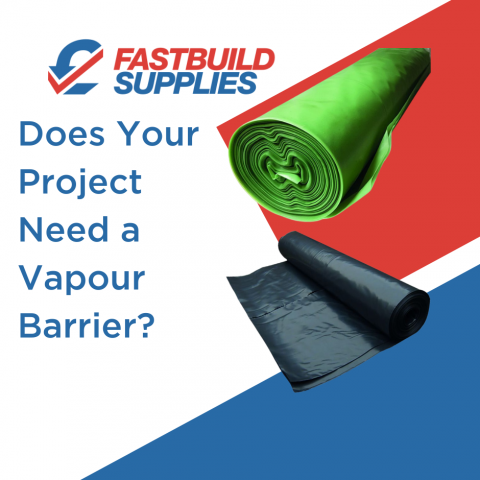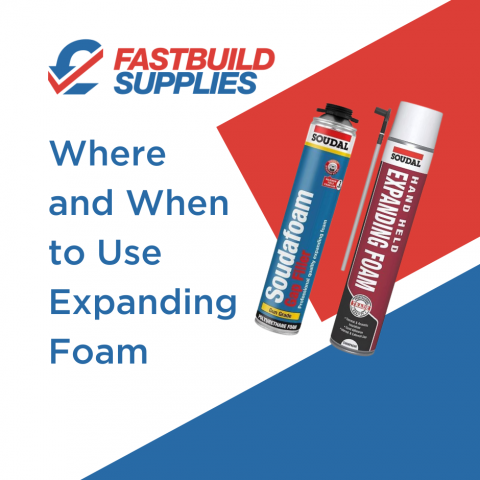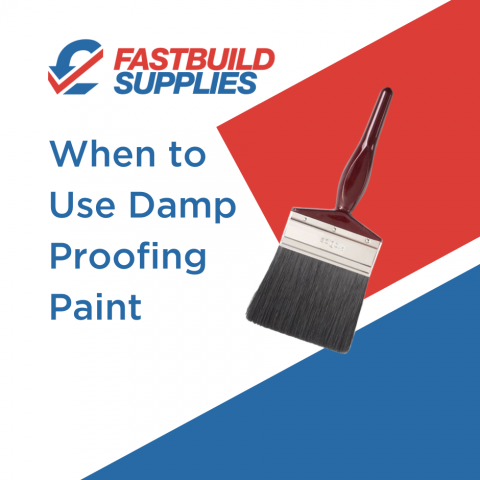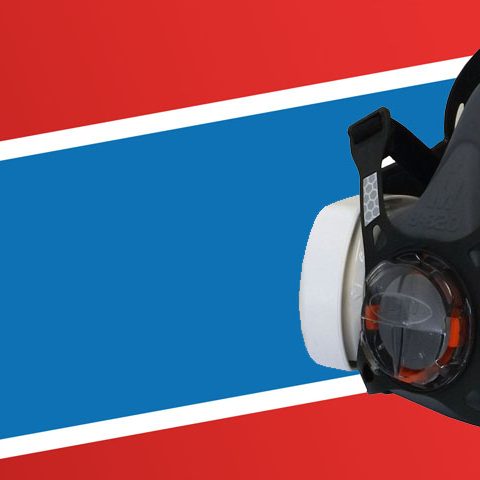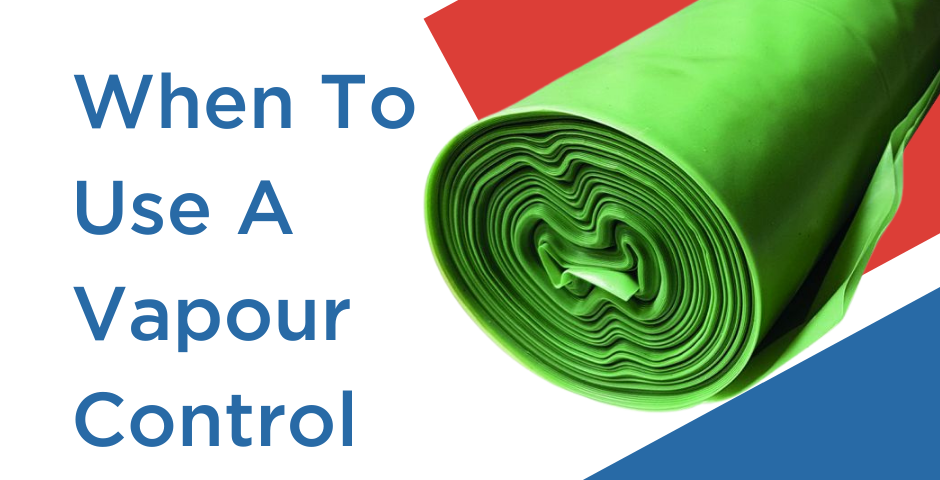
A vapour control layer (VCL) is a plastic layer or membrane that restricts the transition of warm, moist air from inside a property into the fabric of the building without illuminating the breathability entirely.
This warm air can be caused by a variety of simple, everyday things, including:
- Breathing
- Cooking
- Showers

Here, we will explore the difference between vapour barriers and vapour control layers and which one is more suitable for your job.
What Is A Vapour Control Barrier?
There is often some confusion regarding the difference between a vapour control layer and a vapour barrier. Although they both serve the purpose of stopping moist air from penetrating the fabric of your build, there is a distinctive difference.
Vapour barriers are designed to block moisture from leaving entirely and, as such, are not always a good choice for your build.
What Is A Vapour Control Layer?
VCLs, on the other hand, are designed to slow the flow of moisture without blocking it entirely. This prevents the conditions necessary for mould to form and ensures the longevity of your structure.
Do I Need to Use a Vapour Control Layer?
In most new build timber frame constructions, a VCL is a requirement according to Building Regulations. There are also instances where existing properties may require a VCL. These include:
- When introducing internal stud walls and insulation.
- When installing a new concrete floor with insulation.
- When modifying the property’s roof space.
For VCLs to work correctly, they need to be completely airtight. To achieve this, always make sure that your VCL is sealed with the appropriate vapour tapes.
Products such as vapour check, foil-backed, or insulated plasterboard can also act as a vapour barrier but with none of the joints or penetrations sealed. This can cause moisture to accumulate and, as such, should not be used instead of a proper vapour control layer.
 H2-How To Install a Vapour Control Layer
When it comes to installing a Vapur control layer in a wall of a new or existing property, it will often be installed alongside insulation;
H2-How To Install a Vapour Control Layer
When it comes to installing a Vapur control layer in a wall of a new or existing property, it will often be installed alongside insulation;
- If you use fibreglass or rock wall (permeable insulation), then the VCL should be installed on the internal (warm) side of the wall.
- The VCL should be stapled to the timber stud word with your chosen insulation wedged between the timber.
- You must ensure that all joins are sealed with vapour tape. You must adequately seal everything to avoid dampness permeating the wall and causing problems.
- Expanding foam is a great option to seal more significant gaps in conjunction with vapour tape.
- Plasterboard can then be installed over the top.
Can Your Screw Through A Vapour Control Layer?
When fitting a VCL, you need to ensure that you don’t puncture the layer itself. You can use screws to fix your VCL to timber so long as they go through the joists and not the actual layer.
Using staples to fix your VCL follows the same principles as using screws.
After the VCL has been screwed, the edges may still need to be taped appropriately. Duct tape is not an appropriate substitute for vapour tape and should not be used when fixing a VCL.
Aside from some circumstances, you should always use a vapour control layer to prevent dampness in your build. Here at Fastbuild, we offer an unbeatable selection of building polythenes and membranes at great prices. To find just what you need for your next job, why not browse our range today?


